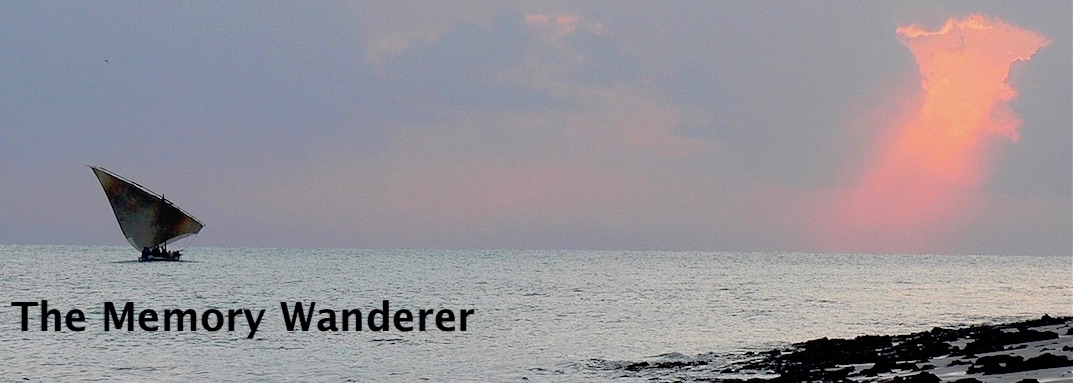Ouma was our cook for the ten years we spent in Mombasa, and a very good cook he was.
Because he was a Jaluo from the shores of Lake Victoria he didn't have a home in Mombasa, unlike Saidi who was a local man, so Ouma was accommodated on the premises, in a single room. He shared a small kitchen and a shower room with toilet with Kitetu and Mlalo, who were also from out-of-town.
For most of the time his wife and family stayed on their small shamba, or farm, in their home district but every now-and-again they would travel down to Mombasa by train to stay with Ouma, which is how we came to know Ouma's oldest son, Barasa. I think I'm right in saying that Barasa was between Richard and I in age.
Ouma had high hopes for Barasa, and was very proud of his progress in school. My memory of Barasa is of a very quiet, nervous boy but, thinking back, this doesn't surprise me as he must have been overawed by two very arrogant, self-confident white boys. Nevertheless, Ouma encouraged his son to play with us though, to be honest, he must have hated it. I suppose Ouma felt that it would be good for Barasa to learn to deal with white people but also that his son playing with us gave the boy some kudos.
After our parents left Mombasa they made an effort to keep in touch with the four servants, sending them money when it was needed; and when they visited Mombasa in 1967 they went out of their way to meet up with them.
Ouma continue to keep in touch. In a letter written in July 1967 he says, "One thing which I think will surprise you is that my son Barasa left school before he qualified so he is just at home jobless." The word 'surprise' can hardly have described his feelings, for this must have been a bitter disappointment to him not only because he was proud of Barasa but also because a young Kenyan with no qualifications had few prospects.
I do wonder what happened to Barasa. Richard and I had all the privileges that life could offer while he had few, and what chances he did have seem to have slipped through his fingers. Nevertheless, I hope he had a good life. Perhaps in its simplicity it may have been a happier and more fulfilling one than we had.





















































